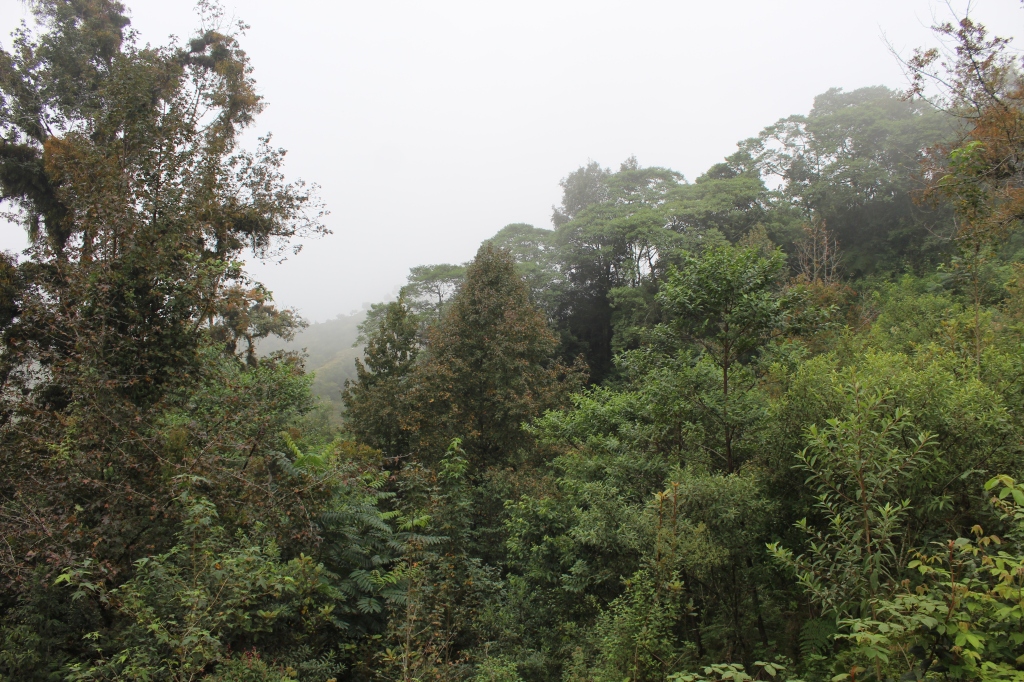This blog post is also available in Spanish here.
Tarin Toledo-Aceves and colleagues describe their latest research and the importance of shade tolerant trees in forest restoration projects.
Reforestation and restoration initiatives commonly use fast-growing pioneer tree species. However, a high number of shade-tolerant species are threatened by deforestation and overharvesting, and unlike pioneer species, they have no seed banks on the ground and are represented by few individuals at the landscape scale. These trees appear mostly at intermediate or late stages of succession and many of them depend on specialised dispersers to reach disturbed sites.
Forest restoration aims to accelerate the process of secondary succession and to favour the presence of threatened species. In our recent study we show the high potential for shade-tolerant tree species to be introduced into transformed habitats for cloud forest restoration.

The inclusion of these species in restoration efforts is very important because this group plays an essential role in forest functioning. These species are a source of food for herbivorous and frugivorous animals; they often produce large seeds that are consumed by wildlife, including bats and other terrestrial and arboreal mammals. They are also characterised by slower growth than pioneer species, and by hardwoods that are highly valued by rural communities.
Due to the great tree diversity of tropical forests and their specific establishment requirements, it is essential to select species that are suited to the disturbance conditions. In this study we evaluated the use of functional leaf attributes to predict seedling establishment success in plantations for cloud forest restoration.
Our results show that leaf mass area is a reliable predictor of species survival within the shade-tolerant tree guild and can therefore be used to guide restoration practices. Species with high leaf mass area values exhibit higher survival in diverse environments. We also show how shade tolerant species can be introduced into disturbed environments with relative success after 3 years, such as pastures, secondary forests and forests with traditional selective logging.


Seeking to replace pioneer tree species while favouring the establishment of shade-tolerant species, in sites where their seed availability is limiting, can contribute to accelerating succession and mitigating species loss.
Restoration of tropical cloud forests, extraordinary for their biodiversity and endemism, is urgent due to their alarming loss and degradation caused by deforestation, fragmentation, traditional selective logging, and climate change. To safeguard biodiversity in cloud forest landscapes, it is essential to pay special attention to the regeneration of shade-tolerant species. Some rare and endangered species and their associated interactions may not recover unless we make specific interventions to assist their regeneration.

Read the full paper Leaf functional traits predict shade tolerant tree performance in cloud forest restoration plantings in Journal of Applied Ecology

One thought on “Accelerating secondary succession: using shade-tolerant trees for cloud forest restoration”